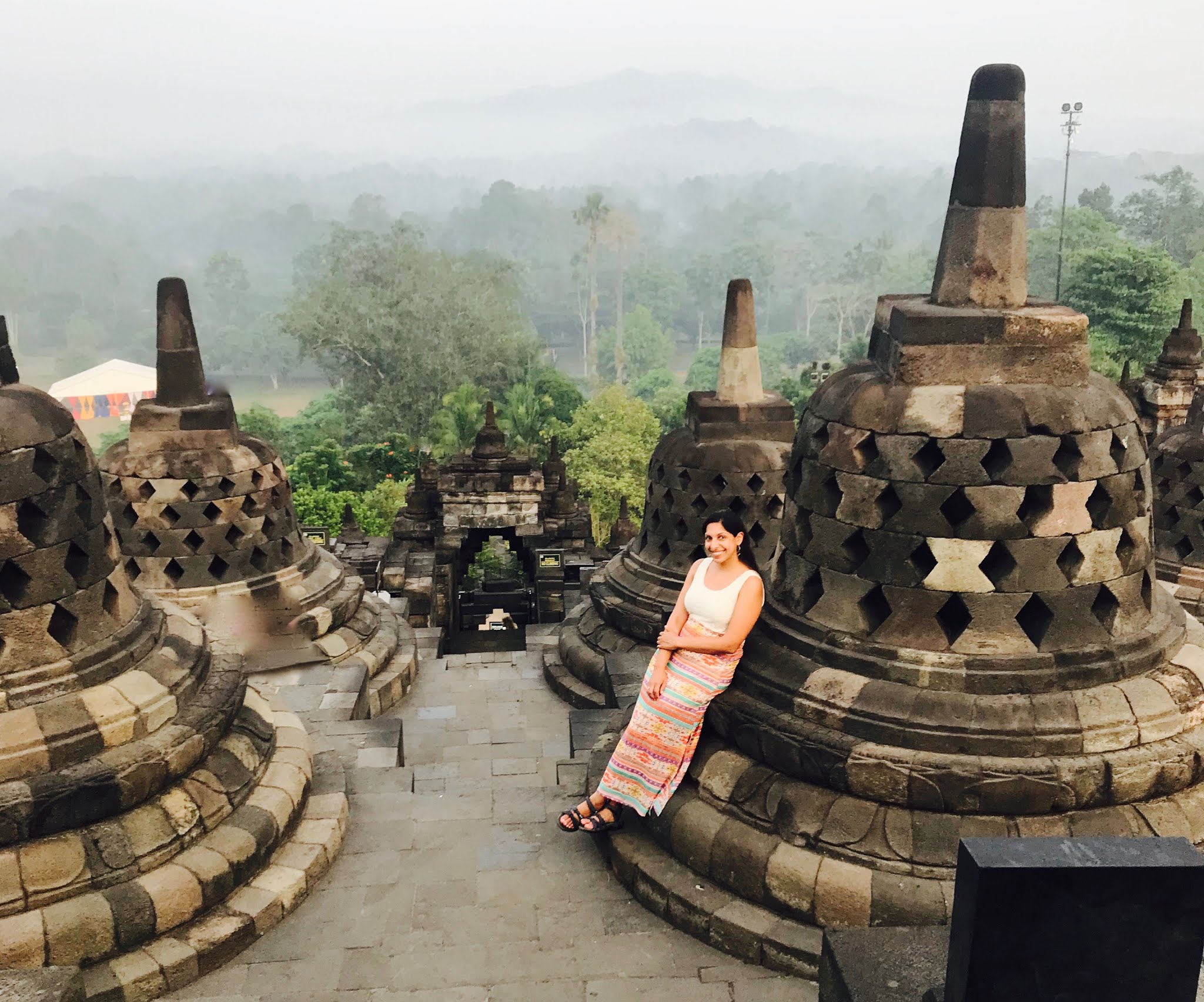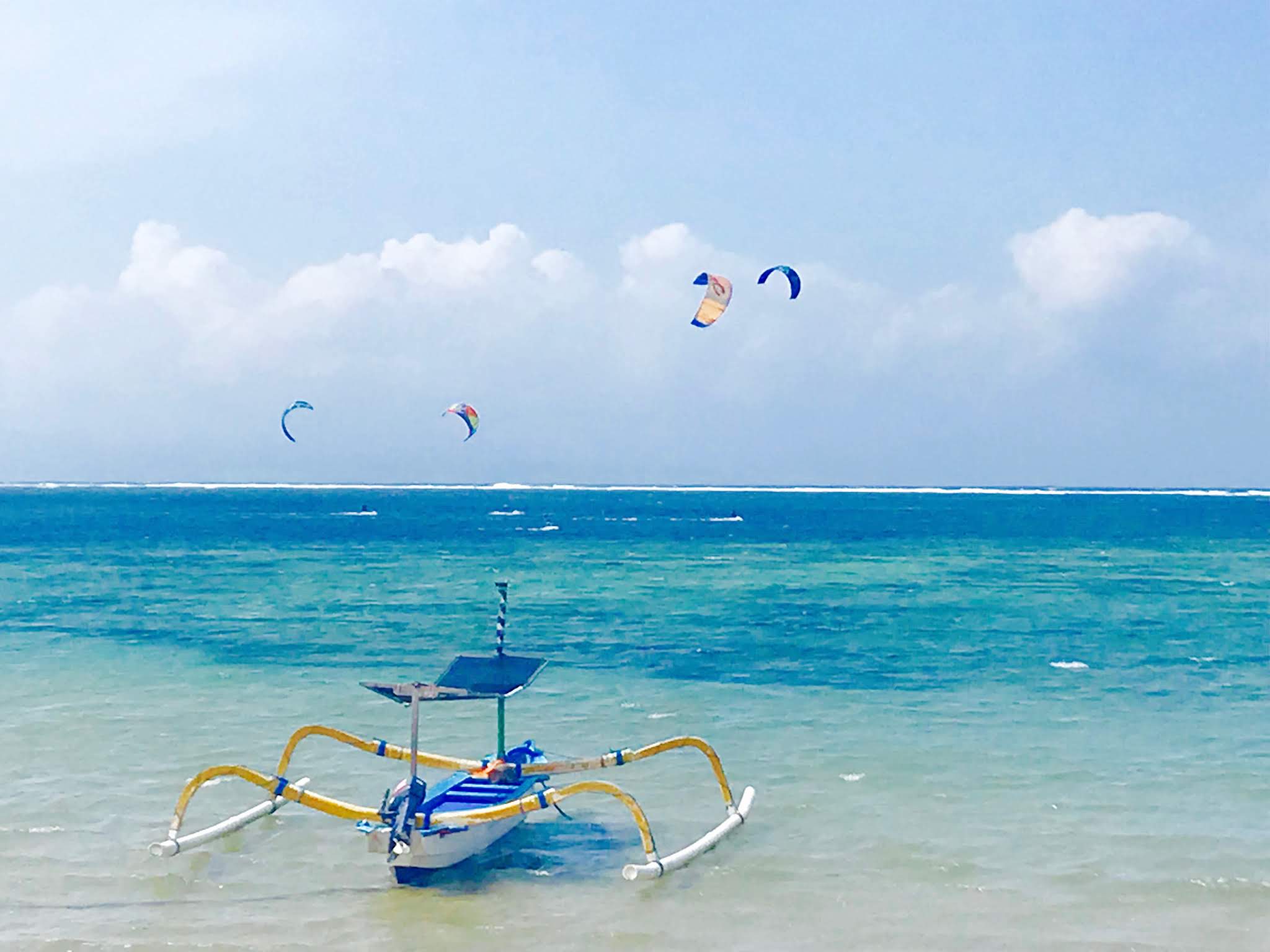Yogyakarta, or Jogja, as the locals call it.
Coming from Bali, I definitely felt a unique sense of place upon landing here. At first, I was overwhelmed with it being in a busy city, but as I had some time to explore, I came to love it – I had three full days but left wishing I had more!
Yogyakarta is one of a kind, the locals having their own sense of pride and are very much rooted in the local customs. It is still headed by its Sultan, whose walled city palace, or kraton, remains the center of city life.
A visit to the Kraton is a good way to better understand the history that makes up this lovely city. Next door to the Kraton is the palace gardens and also down the street is Taman Sari water palace, which served as the Sultan’s holiday getaway in the 18th century. It’s home to sparkling baths and an open-air mosque known as the “Stairway to Heaven” and legend has it, there is a secret tunnel that connects the palace all the way to the sea!
Jogja is filled with street markets, malls, fast-food chains and traffic, but still maintains its traditions with batik painting, silver and gamelan. Malboro Street is famous for its shopping and markets during the day, and at night, it transforms into a massive street food fest. Walking down this street is an experience in itself – not only as it filled with markets, but there is a ton of scooters, horse drawn carriages and becaks passing through.
I also just spent time just wandering the city, and hanging out on Prawirotaman Road, the backpacker street which is filled with delicious local eateries. The street is away from the hustle and bustle and a great place to grab a coffee, ice cream or a meal.
All of this together makes Jogja a very cool city, plus it’s proximity to Borobudur and Prambanan makes it a great base for the area.
The Temples
Although both Borobudur and Prambanan were built in the 9th century and are UNESCO World Heritage Sites, their stories are decidedly different.
Borobudur is a 9th century Mahayana Buddhist temple and is the world’s largest Buddhist temple, consisting of 504 Buddha statues. It was abandoned in the 14th century due to the Javanese conversion to Islam. I woke up at 3am to get out here for sunrise, and it was well worth it.
Prambanan is Hindu temple, the largest one in Indonesia, dedicated to Brahma, Vishnu and Shiva. It is built by the same king who built the Buddhist Plaosan Temple and it signifies the shift in the kingdom’s belief from Buddhism to Hinduism. The eruption of Mt Merapi in 2006 has destroyed a lot of Prambanan and therefore, much is now reconstructed.
There are a bunch of other smaller temples in the nearby area — just north are the ruins of Bubrah, Lumbung and Sewu temples, and there are others in each of the other directions as well!














